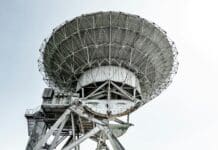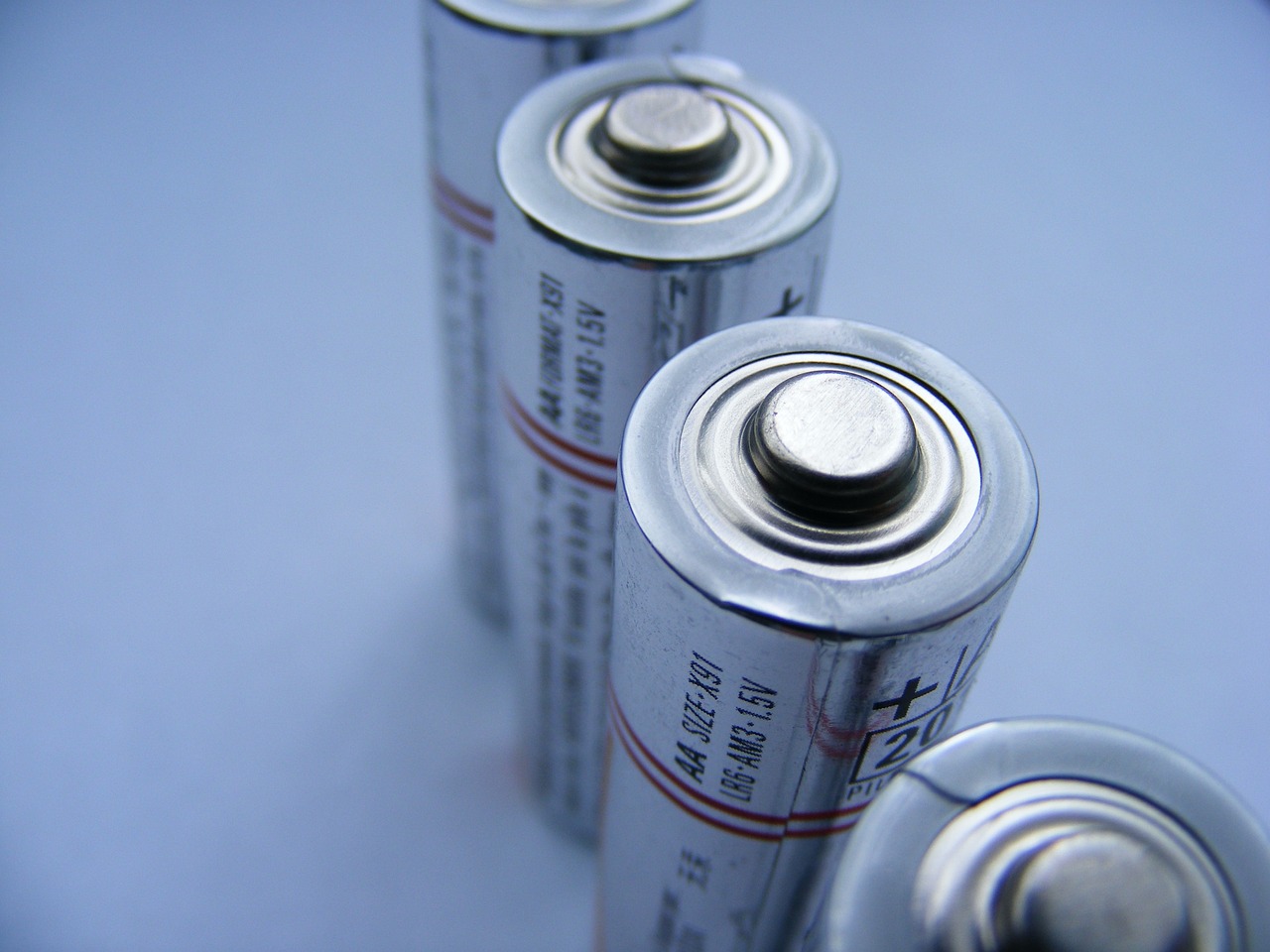This post is also available in:
 עברית (Hebrew)
עברית (Hebrew)
University of Houston professor of electrical and computer engineering Jiming Bao developed a new method to measure the continuous spectrum of light that is set to improve thermal imaging and infrared thermography.
Thermal imaging and infrared thermography are techniques used to measure and visualize temperature distributions without direct contact with the subject being photographed. Thermal cameras and infrared thermometers are versatile and valuable tools in many fields, from military use to medical diagnostics. They can reportedly detect infrared radiation that is invisible to the human eye and convert it into visible images, with different colors representing different temperatures.
According to Techxplore, possible applications include medical diagnostics (identifying inflammation and poor blood flow), building inspections (detecting heat loss, insulation issues and water leaks), military and surveillance (spotting people in low visibility conditions), and mechanical inspections (finding overheating machinery or electrical faults).
Both techniques rely on the “blackbody radiation” principle by capturing radiation based on body temperature and providing valuable insights into the thermal properties and behaviors of different objects and environments.
However, thermal cameras and infrared thermometers can’t provide accurate readings. This is due to their reliance on emissivity (how effectively a real object emits thermal radiation) to determine temperature. Multi-spectral techniques address this issue by measuring infrared intensity at multiple wavelengths, however, their their accuracy depends on their emissivity models.
Bao explains: “We designed a technique using a near-infrared spectrometer to measure the continuous spectrum and fit it using the ideal blackbody radiation formula… This technique includes a simple calibration step to eliminate temperature- and wavelength-dependent emissivity.” He adds that this unique technique overcomes challenges that conventional thermal cameras and infrared thermometers face due to the unknown emissivity of targets.
This information was provided by Techxplore.


























